Currently, localities in the province have been focusing on implementing the first vaccination phase of 2024 for livestock, poultry (GSGC) and dogs and cats to effectively prevent and control diseases in livestock, minimize damage, and develop stable and sustainable livestock farming. However, besides districts with high vaccination rates, there are some localities where the vaccination progress is still slow compared to the set plan.
 Take bird flu vaccination seriously.
Take bird flu vaccination seriously.
As one of the localities with a high vaccination rate for many years, this year, Trieu Son district continues to promote the achieved results, striving to complete the first vaccination phase of 2024 according to the set plan. Based on the established plan, the district has fully prepared and is ready with human resources and necessary equipment to serve the work of disease prevention and control and carry out mandatory vaccination of 100% of GSGC, dogs and cats subject to vaccination according to regulations.
Mr. Nguyen Dinh Phuong, Director of the Agricultural Service Center of Trieu Son district, said: Propaganda is considered one of the important tasks, directly affecting the results of vaccination. Therefore, we have directed communes and towns to carry out propaganda in many different forms, including the form of giving specific examples so that people can easily understand and seriously implement; especially about the dangerous nature of rabies, signs of animals with rabies, disease prevention measures... In addition, seriously carry out the work of reviewing the total herd, especially for dogs and cats, which must be updated with data daily, have a monitoring book, detailed statistics down to each household with confirmation of the village head, residential group, to ensure 100% vaccination coverage. In communes and towns, the center has sent staff to regularly check and supervise the vaccination technical process, promptly grasp and correct errors in vaccination; perform vaccination according to the rolling method to avoid omissions.
Regarding dogs and cats, the center has requested the steering committees of communes and towns to strengthen leadership and direction, enhance their roles and responsibilities, and focus all resources, human resources, and materials on vaccination work. Accordingly, the force directly vaccinating must be fully equipped with knowledge, protective equipment, and specialized tools to catch dogs and cats; households must confine and keep dogs and cats before and after vaccination to serve vaccination and monitoring work... Up to now, vaccination work for livestock in Trieu Son district has achieved a fairly high rate with buffalo, cow, and poultry herds reaching more than 80%, the rate of rabies vaccination for dogs and cats reaching about 98% and continuing to carry out vaccination.
Implementing the "Peak year of rabies vaccination for dogs and cats", up to now, 27/27 districts, towns and cities have deployed vaccination and are among the localities with high vaccination rates in the country. Regarding GSGC vaccination, some vaccines have slow vaccination progress such as avian influenza vaccine, swine fever vaccine... Some districts have low vaccination rates such as Ha Trung, Nhu Thanh, Dong Son...
According to Mr. Le Tien Dat, Head of the Department of Agriculture and Rural Development of the People's Committee of Nhu Xuan district: In the work of vaccinating livestock, mountainous districts in general and Nhu Xuan district in particular face many difficulties due to the thin veterinary force, having to take on many tasks, which affects the vaccination progress; especially for villages and hamlets with difficult terrain. Besides, with small-scale livestock farming, people still take vaccination work lightly. In many communes, livestock are still raised by grazing far from their homes, so when veterinary staff carry out vaccination, they must notify in advance or wait until evening for the livestock to return to their pens before vaccination, so veterinary staff are passive about the vaccination time...
It can be affirmed that vaccination for livestock is currently one of the proactive and effective measures to prevent and control epidemics, ensuring stable and sustainable development of livestock. However, in order for the first vaccination of 2024 to achieve high results, in addition to the direction from the agricultural sector, local authorities, and efforts from the veterinary force, livestock households must also be proactive and proactive in fully vaccinating their livestock according to regulations. The Department of Agriculture and Rural Development requires localities to accurately count the total livestock herd. In addition, deploy peak days for rabies vaccination to thoroughly and completely vaccinate, especially when the hot season comes... At the same time, GSGC vaccination is carried out in a rolling manner to evaluate the results and draw lessons; for vaccines for pigs, lumpy skin disease in buffaloes and cows... it is necessary to base on local realities to develop plans to ensure disease prevention; Strengthen inspection, supervision and monitoring work, promptly detect weaknesses for correction, especially in localities with low vaccination progress.
Article and photos: Kim Ngoc
Source




![[Photo] Nhan Dan Newspaper launches “Fatherland in the Heart: The Concert Film”](https://vphoto.vietnam.vn/thumb/1200x675/vietnam/resource/IMAGE/2025/10/16/1760622132545_thiet-ke-chua-co-ten-36-png.webp)



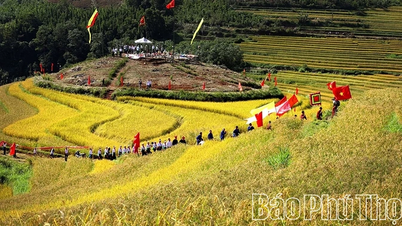







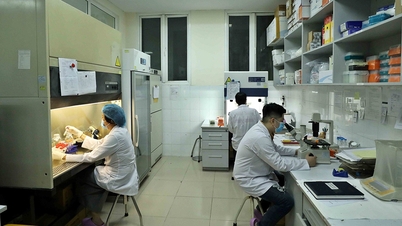


















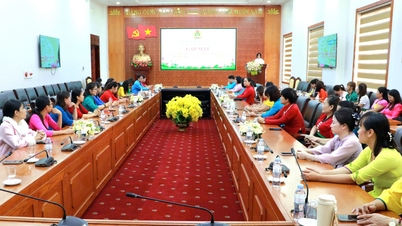

![[Photo] General Secretary To Lam attends the 18th Hanoi Party Congress, term 2025-2030](https://vphoto.vietnam.vn/thumb/1200x675/vietnam/resource/IMAGE/2025/10/16/1760581023342_cover-0367-jpg.webp)
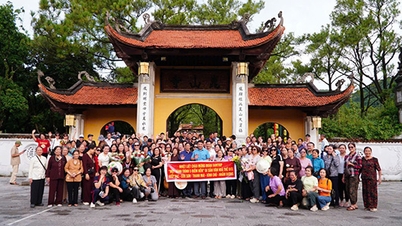

















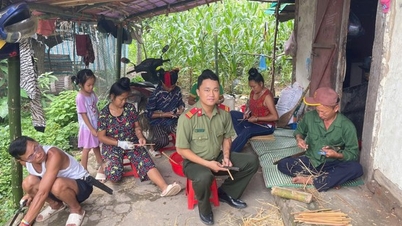








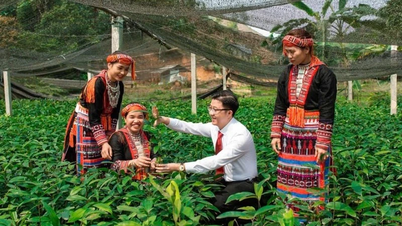























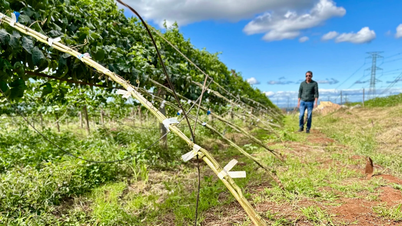

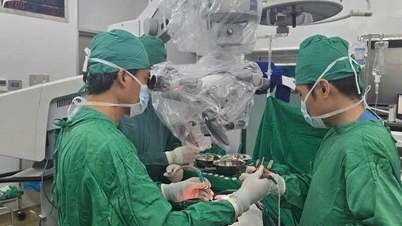


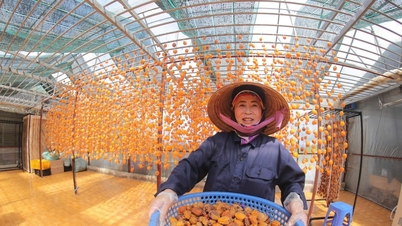

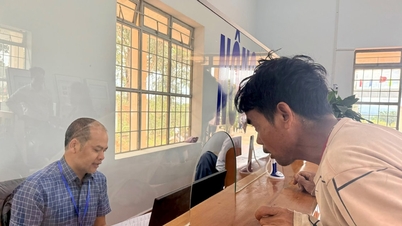





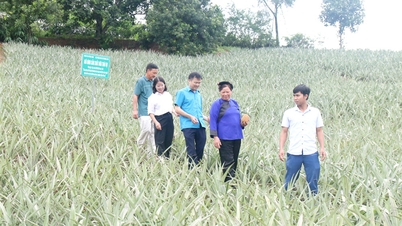

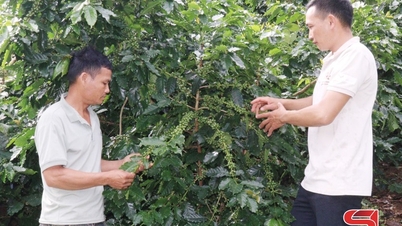

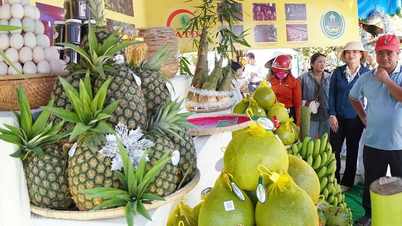




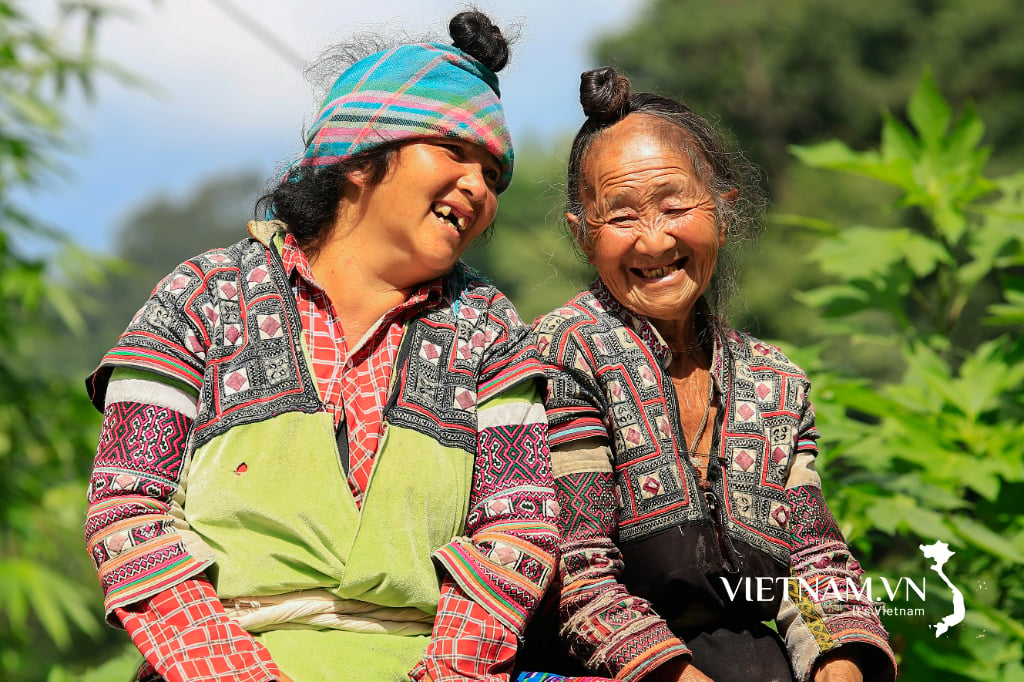
Comment (0)